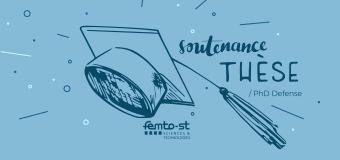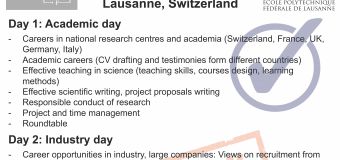The institute
FEMTO's events
You are here

PhD Defense
Pierre RANC "Contribution to the development of an Externally Heated Valve Engine"
12 juillet 2019 à 10hl'IUT Belfort-Montbéliard Département Génie Civil et Construction Durable
Amphithéâtre n°3, bâtiment D, 19 avenue du Maréchal Juin, 90000 Belfort











